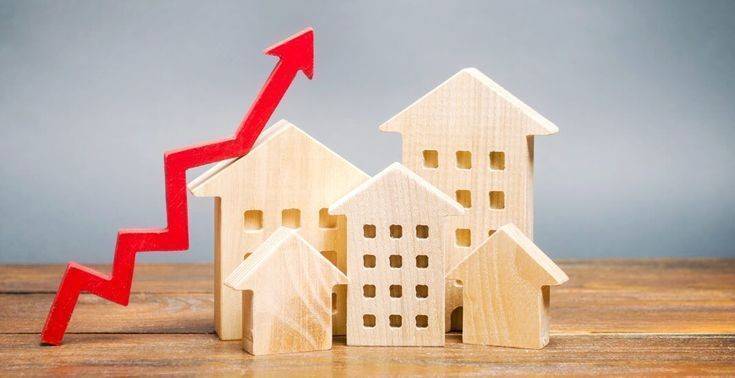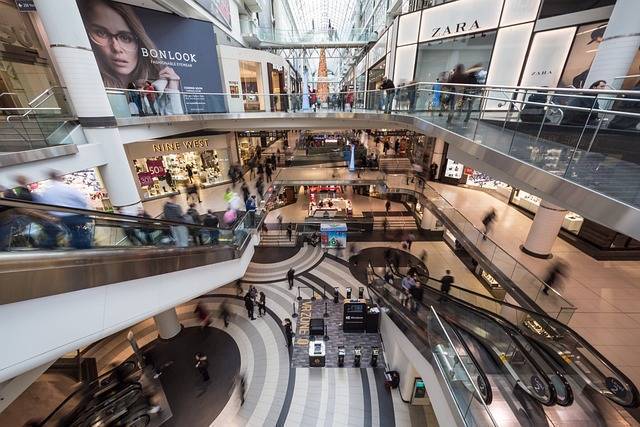Housing sales across the top 30 Tier II cities in India surged by 11% annually to nearly 2.08 lakh units during the last fiscal year. This growth is driven by robust economic growth, significant infrastructure development, and a growing desire for home ownership, according to data analytics firm PropEquity.
As per the data, the sales of housing units in these cities stood at 2.07 lakh units in 2023-24, up from 1.86 lakh units in the preceding financial year. Interestingly, out of these 30 cities, the top 10 cities contributed 80% to the total sales, highlighting the concentration of demand in specific urban areas.
Regional Sales Breakdown
West Zone
The West Zone emerged as a dominant player, accounting for nearly 70% of the total sales in the 30 Tier II cities. Major cities in Gujarat, along with other significant urban centers in the West Zone, witnessed substantial demand. Specifically:
- Ahmedabad, Vadodara, Surat, Nashik, Gandhinagar, Nagpur, and Goa reported sales of 1.44 lakh residential units in 2023-24, marking an 11% increase from 1.29 lakh units in 2022-23.
North Zone
The North Zone also showed positive growth:
- Jaipur, Mohali, Lucknow, Bhopal, Chandigarh, Dehradun, Bhiwadi, Ludhiana, Agra, Sonepat, Panipat, and Amritsar recorded sales of 26,308 residential units in 2023-24, up by 8% from 24,273 units in 2022-23.
South Zone
The South Zone followed suit with a notable increase:
- Visakhapatnam, Trivandrum, Coimbatore, Kochi, Vijayawada, Mangalore, Guntur, and Mysore achieved sales of 21,947 residential units in 2023-24, reflecting an 8.4% rise from 20,244 units in the previous year.
East and Central Zone
The East and Central Zone displayed the highest percentage growth among the regions:
- Bhubaneswar, Bhopal, Indore, and Raipur reported sales of 15,372 residential units in 2023-24, up 18% from 13,011 units in 2022-23.
Key Contributors
The top 10 Tier II cities—Ahmedabad, Vadodara, Surat, Nashik, Gandhinagar, Jaipur, Nagpur, Bhubaneswar, Visakhapatnam, and Mohali—reported sales of 1.68 lakh residential units in 2023-24, an 11% increase from 1.51 lakh units in 2022-23.
Drivers of Demand
The performance of Tier II cities outpaced that of Tier I cities, largely due to lower property prices and higher growth potential. Affordability has made the dream of home ownership a reality for a growing middle class. These cities are also experiencing economic booms due to the establishment of small and medium enterprises (SMEs) and various industries. Government initiatives focusing on infrastructure creation have further fueled demand in these cities.
“Tier II cities performed better than Tier I cities due to lower property prices and growth potential. On the other hand, affordability makes the dream of owning a home a reality for a growing middle class. Furthermore, these cities are also experiencing economic booms due to the setting up of small and medium enterprises (SME) businesses and industries. Government push on infrastructure creation is another major reason for rising demand in Tier II cities. All these factors are creating a bullish investment,” said Samir Jasuja, founder and Managing Director, PropEquity.
Economic and Infrastructure Developments
Economic growth in Tier II cities has been bolstered by a diverse range of sectors, including IT, manufacturing, and services. Infrastructure projects, such as new highways, metro lines, and airports, have improved connectivity and enhanced the quality of life in these cities. This has attracted both end-users and investors, looking for better returns compared to Tier I cities.
Future Outlook
The future of the real estate market in Tier II cities looks promising. Continued economic development, supportive government policies, and an increasing preference for home ownership are likely to sustain demand. As these cities continue to grow and urbanize, the real estate market is expected to expand further, offering new opportunities for developers and investors alike.
The trend of rising housing sales in Tier II cities reflects broader economic and demographic shifts in India. As more people move away from congested metropolitan areas in search of better living conditions and affordable housing, Tier II cities are becoming the new hubs of growth and investment.
Conclusion
The PropEquity report underscores the growing significance of Tier II cities in India's housing market. As these cities continue to develop economically and infrastructurally, they are becoming attractive destinations for homebuyers and investors alike. The sustained growth in housing sales in these regions reflects a broader trend of urban expansion and economic diversification beyond the traditional metropolitan hubs.
Image source- Pinterest









.png)